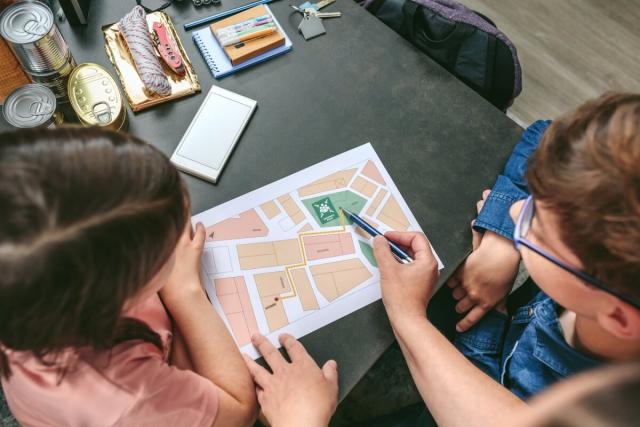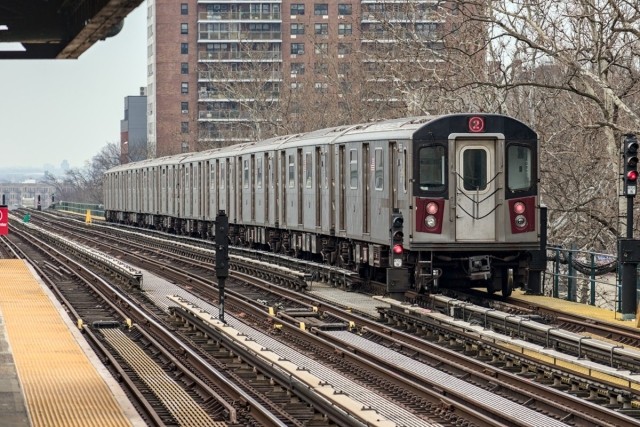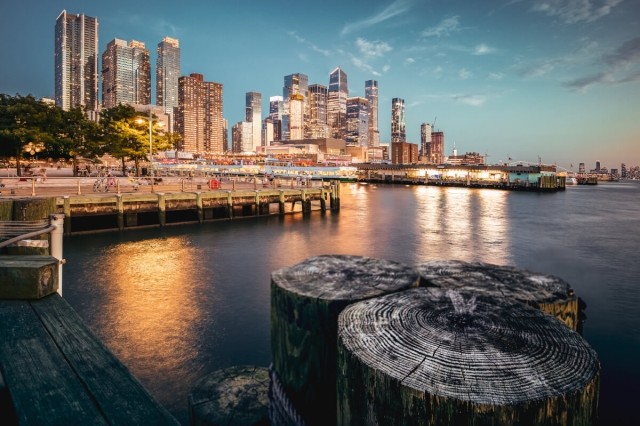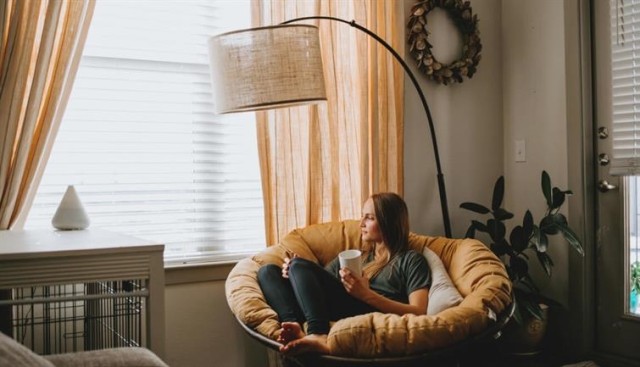Time and again, hurricanes find their way on land and wreak havoc on millions living in coastal states and regions during hurricane season (June–November). The high winds, thrashing rain, storm surges, and flooding are dangerous, and the aftermath is just as rough. Knowing how to prepare for hurricane season helps mitigate damage and losses.
Preparing your apartment for hurricane season is key to keeping you and your belongings safe. It ensures you are equipped to face any storm that comes your way and that you aren’t caught off guard. If authorities tell you to evacuate, follow their directions. Still, if there is no evacuation order and you choose to shelter in your apartment, you must prepare for a hurricane at home:
- Talk to your landlord
- Make and practice an evacuation plan
- Prepare your home
- Stock up on emergency supplies
- Assemble a go-kit
- Protect important documents
- Shelter in a windowless room
Talk to Your Landlord

Your landlord might already have contacted you about how to prepare for a natural disaster, but if they haven’t, you need to ask. They may have gone through this process before and know how to prepare best. As a renter, your main responsibilities are your well-being, the safety of any other residents, and your belongings. Check your lease and talk to your landlord about your responsibilities to protect the property and any steps you can take, like boarding up windows or closing storm shutters.
Review your insurance policy to see what it covers regarding natural disasters. Renter’s insurance will cover your items, like furniture, belongings, electronics, clothing, or anything you own in your apartment. It also covers temporary housing if you are displaced because of uninhabitable conditions due to a disaster.
Make and Practice an Evacuation Plan
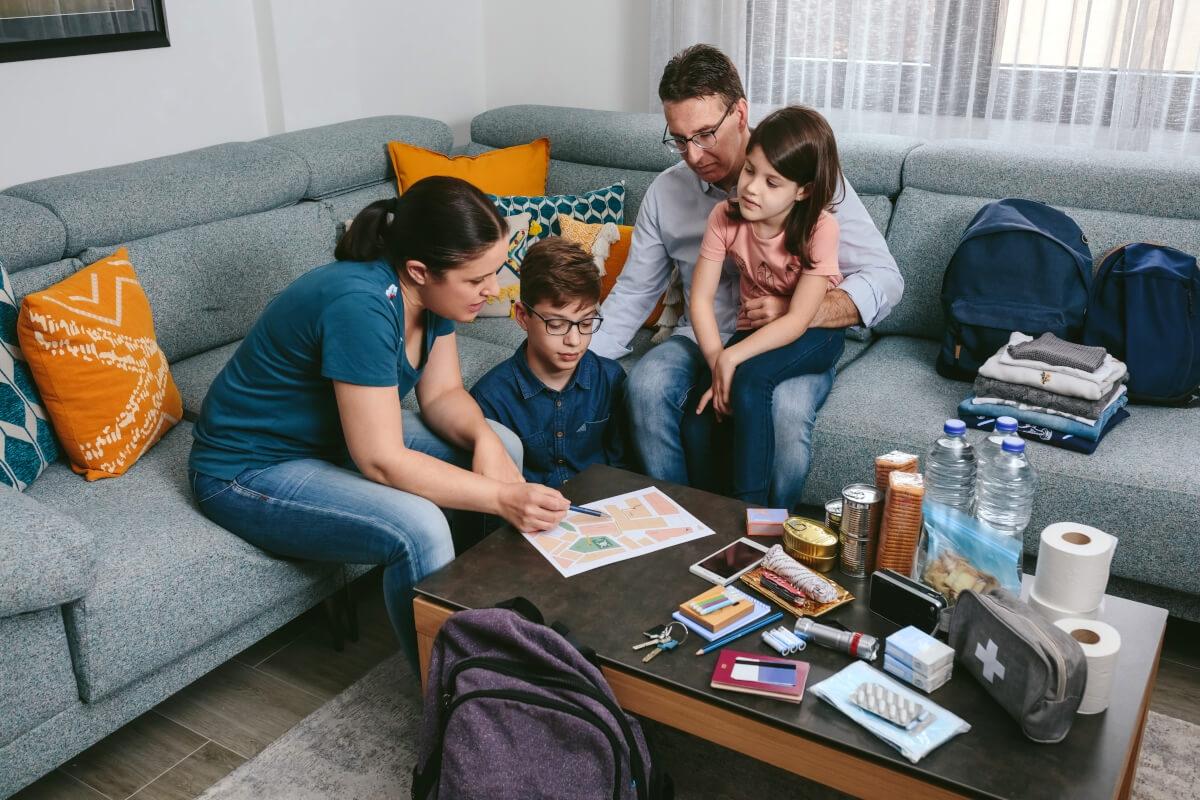
Having an evacuation route will help you and other occupants leave your apartment as safely and calmly as possible. You should have routes, alternative exits, where you will go, and how you will get there established in advance. Fill your car with gas and park it somewhere safe. If you have one, put your car in the garage near the garage door. If not, then put it in a safe spot, away from places that might flood and not under anything that could fall on it. Make sure that everyone knows the plan.
Prepare Your Home
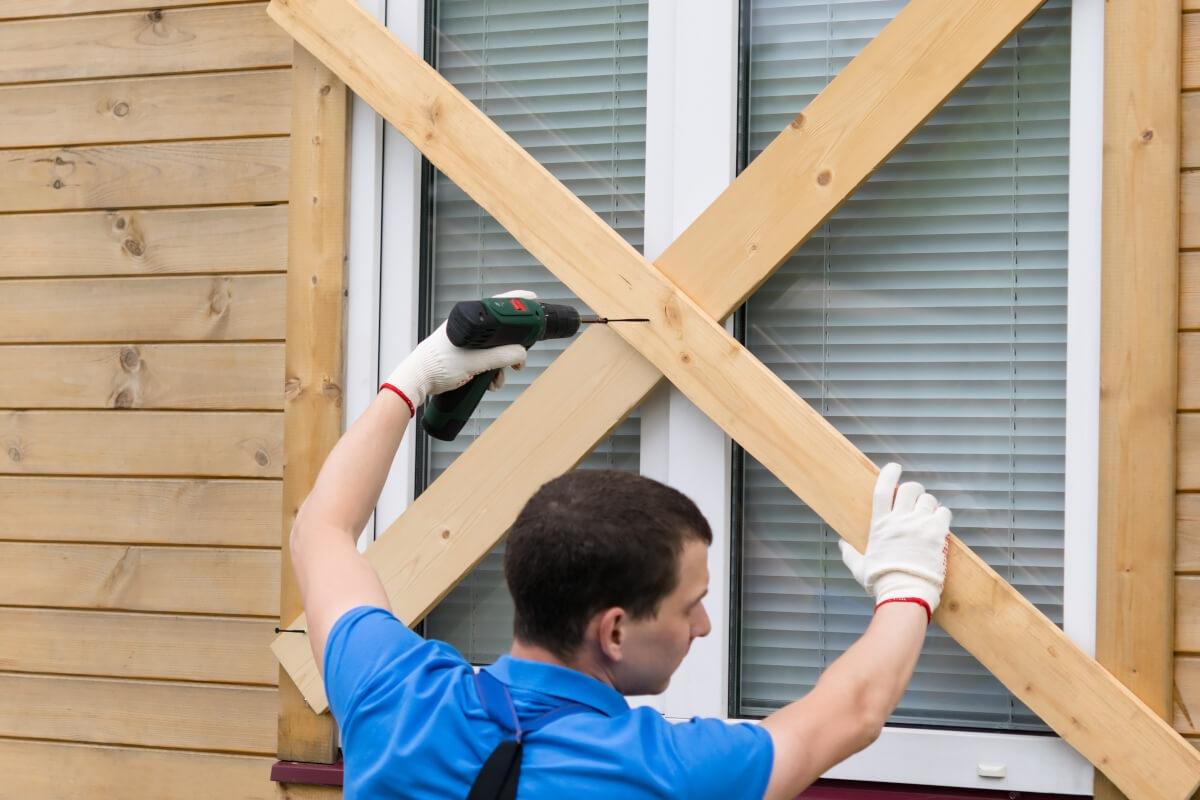
If your apartment has storm shutters or something you can close over windows, do so. Bring anything outdoors inside well in advance, as winds can pick up before a storm. You don’t want anything to go flying and cause injuries or damage. Anchor down anything that you can’t bring inside.
Moving inside your apartment, unplug any appliances to prevent damage from power issues. Locate your gas, electricity, and water switches (if they are in your apartment) so you can turn them off if you need to.
Stock Up on Emergency Supplies
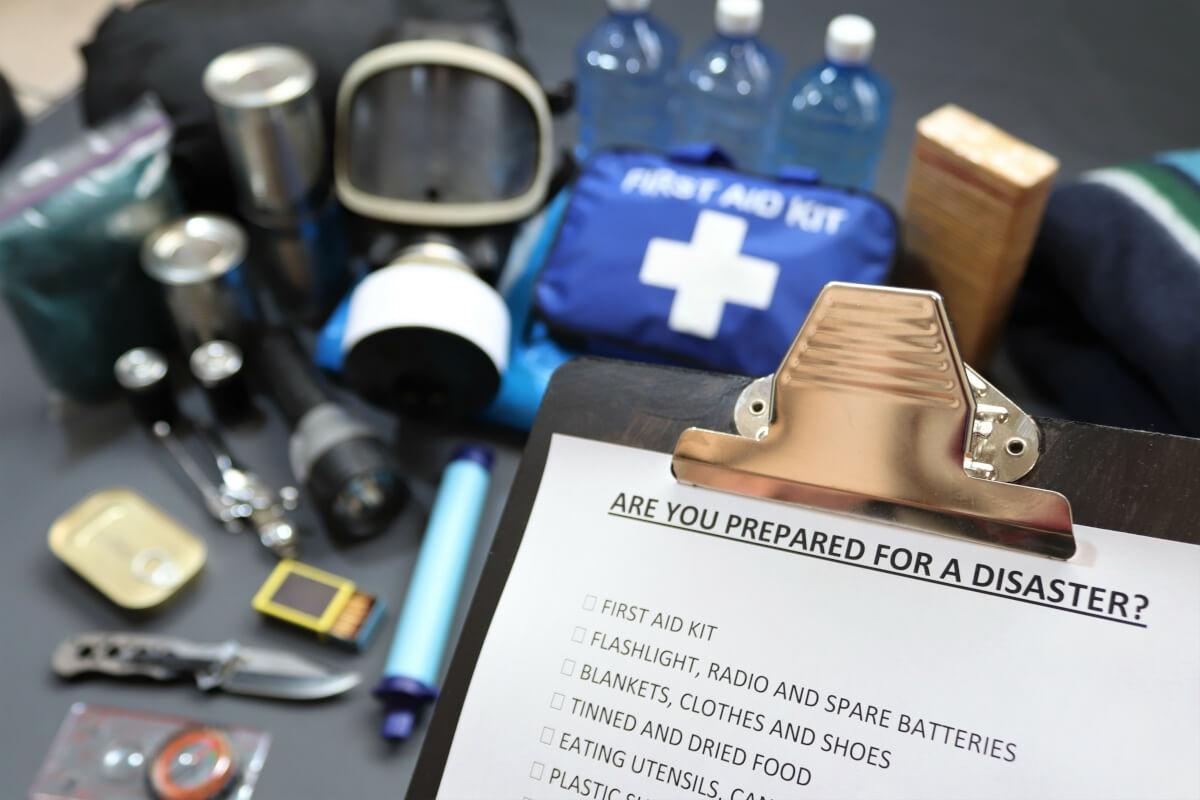
Prepare all the necessary supplies if you are sheltering at home. This includes food and water, but also medical and general supplies. The Red Cross recommends making a stay-at-home kit with enough supplies to last two weeks. Be prepared to go without power, water, gas, phone, and internet as your utilities might drop. There are many helpful supply lists online so you don’t miss anything.
Once you’ve compiled all your supplies, put them where you will shelter in your apartment. That way, if a hurricane hits, you don’t have to go running to collect them and can immediately shelter as your supplies are right there.
Food and water
Get enough non-perishable food items and bottled water for two weeks. Fill your bathtubs and sinks with water in case your water shuts off. If you have perishable food, turn your fridge and freezer to the highest setting. To keep the items cold as long as possible, only open them if you need to.
First-aid, medication, and medical supplies: gather any medical supplies, like bandages, hydrogen peroxide, over-the-counter medicines, and prescriptions. The Red Cross says you should have at least a one-month supply of medications to make sure you don’t have to go without your meds.
General supplies
To be prepared for any situation, having various supplies can help. A multi-tool, tool kit, wrench, pliers, heavy-duty flashlight, batteries, generator, power banks, battery-powered radio, lighter/matches, duct tape, disposable plates and utensils, and garbage bags are a good place to start.
Clothing, bedding, & toiletries
Make sure you can take care of yourself and your personal hygiene by packing clothing, undergarments, toilet paper, sleeping bags, blankets, and disinfectants or soap. Prepare for any weather and situation by having rain gear and sturdy shoes.
Specialty items
Depending on your situation, you may need additional supplies. For instance, if you have a pet, you will need pet food, additional water, a pet carrier, a bowl, a collar, and a leash.
Assemble a Go-Kit
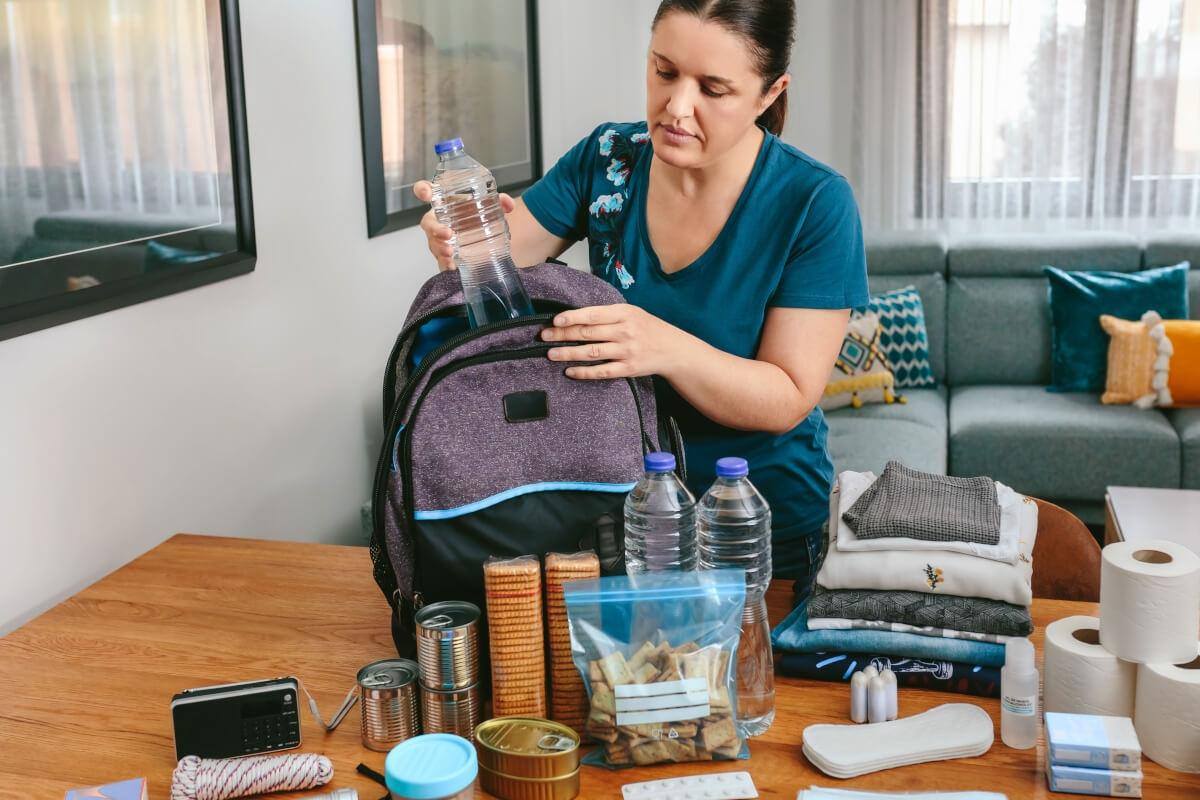
In case you need to leave, you should have a go-kit prepped and ready so you can grab it and go at a second's notice. This includes supplies similar to your at-home kit but for three days instead of two weeks. You also need to be able to carry it with you in case you don’t have something to transport it with. Preparing a go-kit well in advance will help immensely in case you do have to evacuate.
Protect Important Documents

You don’t want to lose any important documents because they were destroyed by the storm. Anything important, like personal, identification, financial, and medical records, should be kept in waterproof bags or containers. Another helpful item is a list of your medications and dosages that you keep with you or with your important documents in case of an emergency.
Shelter in a Windowless Room
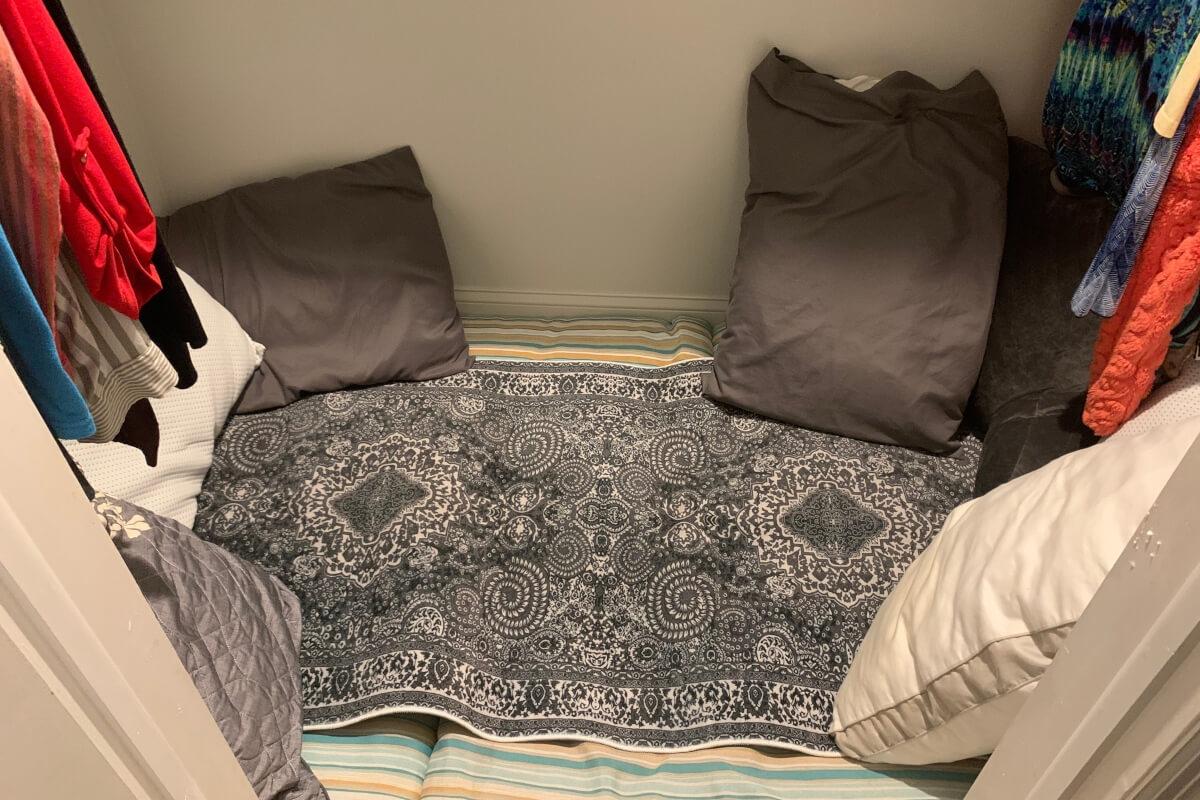
Designate a shelter room, one without windows, at the start of hurricane season. That way, everyone knows where to go when a storm hits. Pummeling rain and strong winds can send debris flying from windows and doors during storms. Sheltering in a windowless room, like a closet or laundry room, keeps you safest from the storm. Don’t leave your apartment until the authorities say the storm has passed.
FAQs
What are the safest states from natural disasters?
The safest states for natural disasters are Alaska, Vermont, Montana, North Dakota, West Virginia, Wyoming, Utah, Idaho, New Hampshire, and Maine. A combination of factors, like low frequency and low severity, makes them safe.
What should I do about damage after a hurricane?
Take pictures and discuss the next steps with your landlord and insurance company. Your landlord will be responsible for any repairs, but you may have to find temporary housing.


